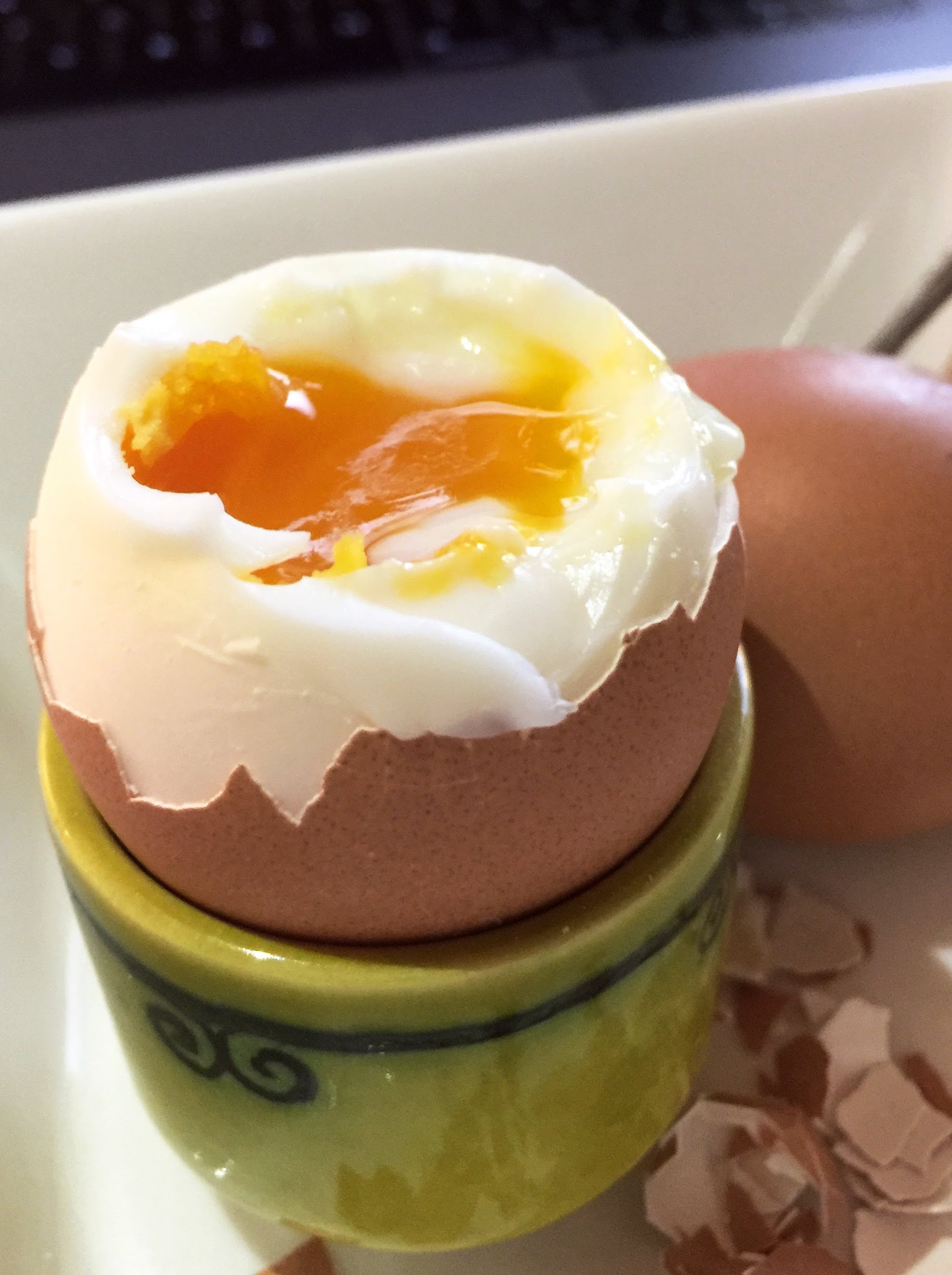13 week cooking course
- Introduction to Cooking
- Understanding Ingredients
- Making Breakfast
- Dinner Delights
- World Cuisine: Asia
- World Cuisine: Europe
- Baking and Bread Making
- Vegan and Vegetarian Cooking
- Gluten Free Cooking
- Healthy Eating and Nutrition
- Kitchen Finale and Consolidation
Making Breakfast
Mastering Egg Cooking Techniques

Egg dish.
Eggs are a staple in many kitchens around the world. They are versatile, nutritious, and can be prepared in a variety of ways. This article will guide you through the different cooking techniques for eggs, from boiling to baking.
Understanding Different Types of Eggs
Before we dive into the cooking techniques, it's important to understand the different types of eggs. The most common type is the chicken egg, which comes in various sizes and colors, depending on the breed of the chicken. Other types of eggs include duck, quail, and goose eggs, each with their unique flavor and texture.
Boiling Eggs
Boiling eggs is one of the simplest cooking techniques. For soft-boiled eggs, bring a pot of water to a boil, gently add the eggs, and cook for 4-5 minutes. For hard-boiled eggs, cook for 9-12 minutes. After cooking, immediately transfer the eggs to a bowl of ice water to stop the cooking process and make peeling easier.
Poaching Eggs
Poached eggs are a delicious addition to many dishes. To poach an egg, bring a pot of water to a simmer, add a splash of vinegar, and carefully crack the egg into the water. Cook for about 4 minutes for a runny yolk, or longer if you prefer a firmer yolk. Use a slotted spoon to remove the egg from the water.
Scrambling Eggs
Scrambled eggs are a breakfast classic. Beat the eggs in a bowl, add a splash of milk for creaminess if desired, and season with salt and pepper. Heat a non-stick pan over medium heat, add a knob of butter, and pour in the eggs. Stir gently with a spatula until the eggs are cooked to your liking.
Frying Eggs
Fried eggs can be cooked to various degrees of doneness. For sunny-side up eggs, heat a non-stick pan over medium heat, add some oil or butter, and crack the egg into the pan. Cook until the whites are set but the yolk is still runny. For over-easy or over-hard eggs, flip the egg over and cook for an additional minute for over-easy, or until the yolk is completely set for over-hard.
Baking Eggs
Baked egg dishes like frittatas and quiches are a great way to feed a crowd. For a basic frittata, beat some eggs with a splash of milk, season with salt and pepper, and add your choice of vegetables, cheese, and cooked meat. Pour the mixture into a greased baking dish and bake in a preheated oven at 350°F (175°C) for about 20-30 minutes, or until the eggs are set. Quiches follow a similar process, but the egg mixture is poured into a pie crust before baking.
Mastering these egg cooking techniques will not only enhance your breakfast game, but also expand your culinary repertoire. Happy cooking!